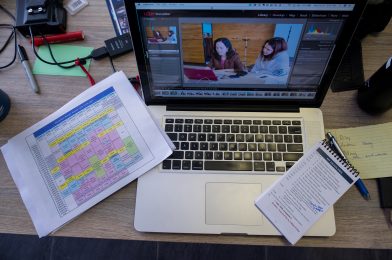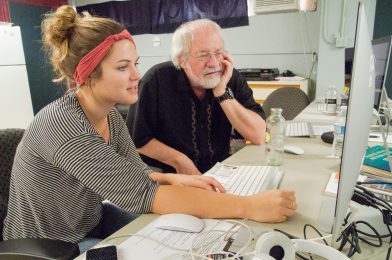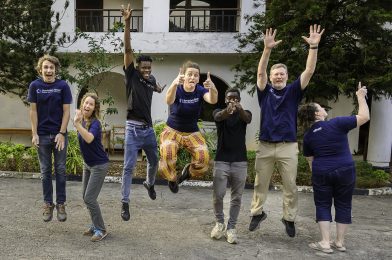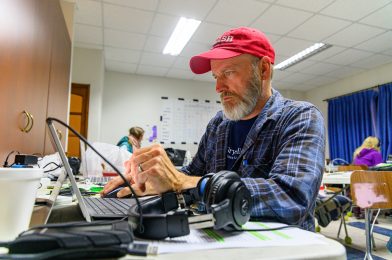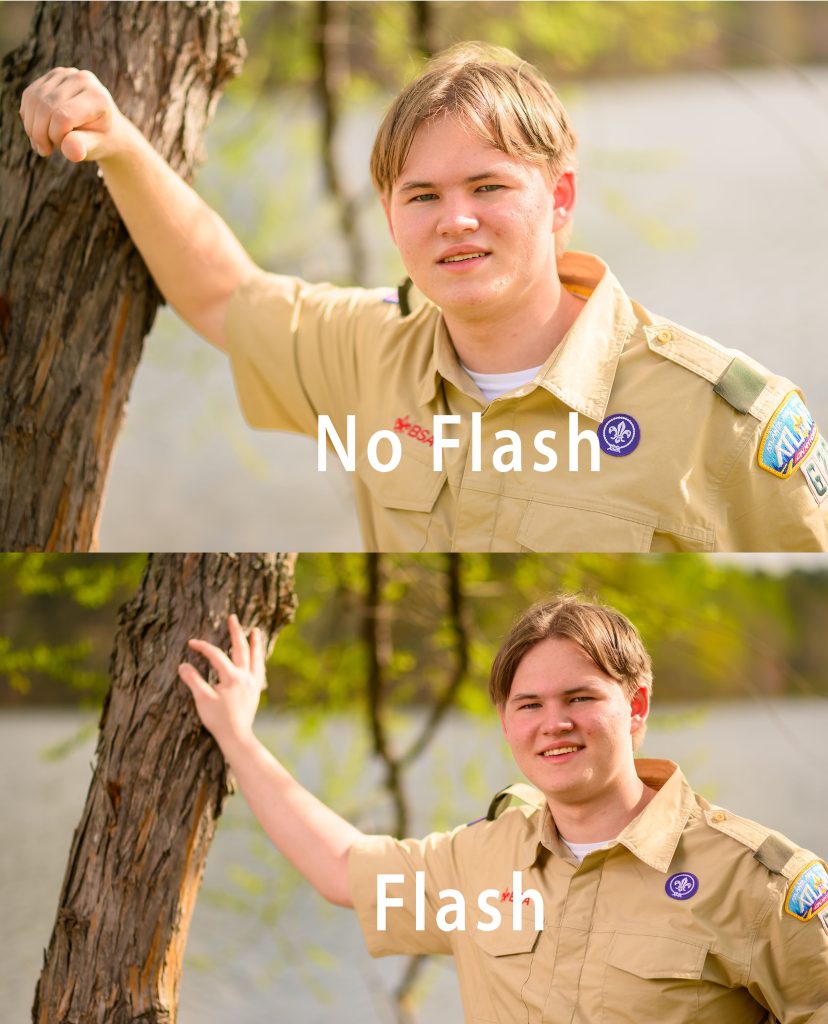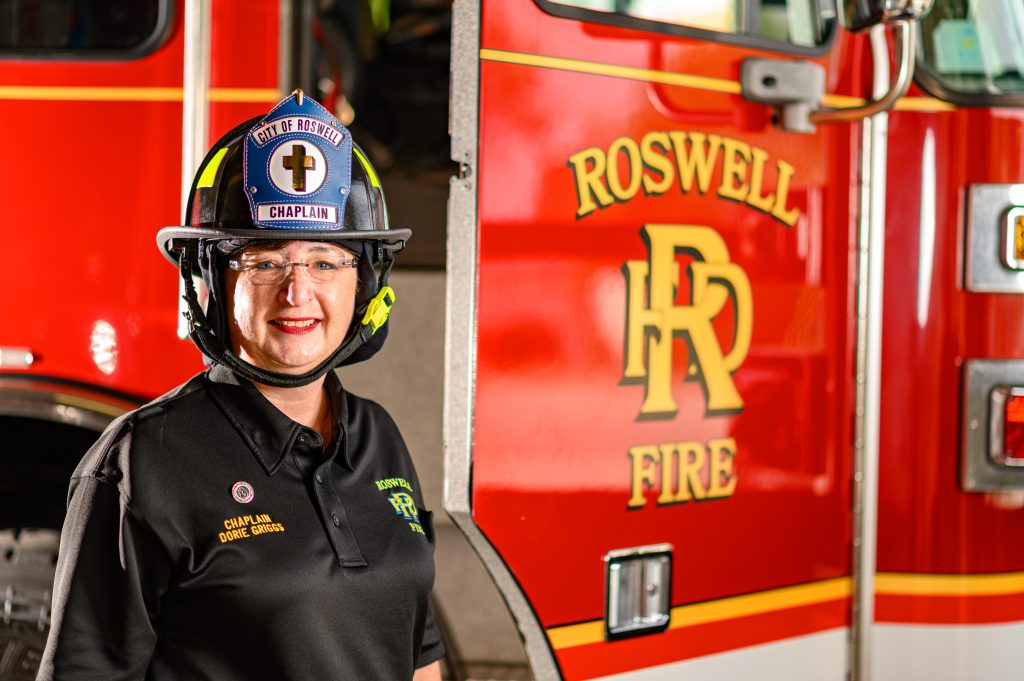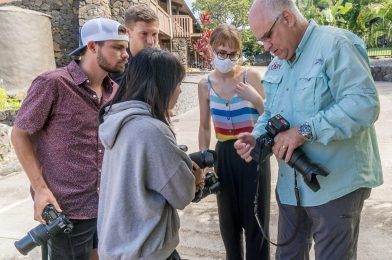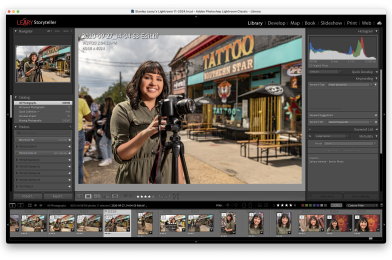One of the most valuable advice I give aspiring photojournalists, videographers, and writers is to learn to pitch their ideas well.
It’s not just about having talent—it’s about showing people you can deliver and that you’re the right person to trust with the story.
Relationships Matter More Than You Think
This might be the biggest blind spot for many creatives—thinking that a great pitch or powerful content will speak for itself. The truth is, many projects get greenlit not just because the idea is good but also because of who is behind it.
Editors, funders, and comms directors are far more likely to support pitches from people they know or are highly recommended by someone in their network.
That means you need to do more than email cold pitches. You need to connect with people. Go to workshops, network at events, comment on other people’s work, and reach out with encouragement, not just a request. Build authentic relationships before you need something.
Your idea may be solid, but your reputation and relationships move it forward.
Where to Find Places to Pitch (and Fund) Your Ideas
Now, let’s talk practically: where do you find places that want to hear your idea or fund your story? Here are a few to get you started:
1. Grants & Fellowships
- National Geographic Society Grants
- Pulitzer Center Grants
- CatchLight Fellowship
- Open Society Foundations
- International Women’s Media Foundation
- Rory Peck Trust (for freelancers)
Start by signing up for newsletters from these organizations—they often post open calls or deadlines.
2. Media Outlets & Publishers
Identify outlets that regularly cover the kind of content you’re creating. Look for freelance submission guidelines. Some examples:
- The Guardian
- BBC Stories
- VICE Features
- Christianity Today (if faith-based)
- Narratively
- Hakai Magazine (science and communities)
- Local papers or regional magazines
3. Nonprofits & NGOs
Nonprofits always need good storytellers, especially if you already have content that aligns with their mission. Use sites like:
- Charity Navigator
- Idealist.org
- Christian Alliance for Orphans
- Your local community foundation website
Pro tip: Search nonprofit directories by cause. If you’re passionate about helping people with special needs, look for nonprofits in that space and study their storytelling style.
4. Businesses with a Social Impact Angle
More and more companies are investing in storytelling around their CSR (corporate social responsibility) initiatives. Think beyond NGOs—healthcare providers, tech companies, and educational institutions are telling human-centered stories, too.
Let Passion Guide Your Pitch (Example: Special Needs)
Let’s say you’ve spent time with a family who has a child with special needs, and you’ve captured a few incredible moments on video or in photos. The next step?
- Define the Story: What’s the heart of the story? Is it inclusion in schools? Is it a parent’s advocacy journey? Is it about faith and resilience?
- Find Aligned Organizations:
Search for nonprofits, schools, or government agencies working in that exact space. Ask if they’re interested in collaborating or supporting the story’s completion. - Pitch to Outlets that Cover Human Interest Stories:
Consider local TV stations, niche podcasts, or magazines with family or education audiences. - Use Personal Networks:
Ask people who work in that space to connect you to others. “Do you know anyone who might want to help share this?”
What If You’re “Late to the Game” on a Topic?
It’s true—some topics are heavily covered: human trafficking, AIDS, immigration, even homelessness. But that doesn’t mean the world doesn’t need more stories. The key is how you frame your approach.
Here’s what to consider:
- What’s your fresh angle?
Maybe it’s hyper-local, or it’s a lesser-known aspect, or it’s from a voice we rarely hear (like a survivor’s or child’s perspective). - Can you go deeper, not broader?
Instead of telling a global story about sex trafficking, say the story of one person, one program, or one surprising solution. - Check what’s trending.
Use tools like Google Trends or check what major outlets are covering now. This helps you shape your pitch around current angles. - It’s not always about “new.” It’s about “needed.”
Some issues need ongoing visibility. If you can tell a timeless story with emotional impact and strong visuals, it’s worth pitching—even if others have done it.
Final Thought
Pitching isn’t just about sending ideas into the void. It’s about showing up with clarity, creativity, credibility, and connection. Your job is to make it easy for someone to say yes.
And when you combine passion, preparation, and persistence, you’re not just pitching.
You’re building trust.

